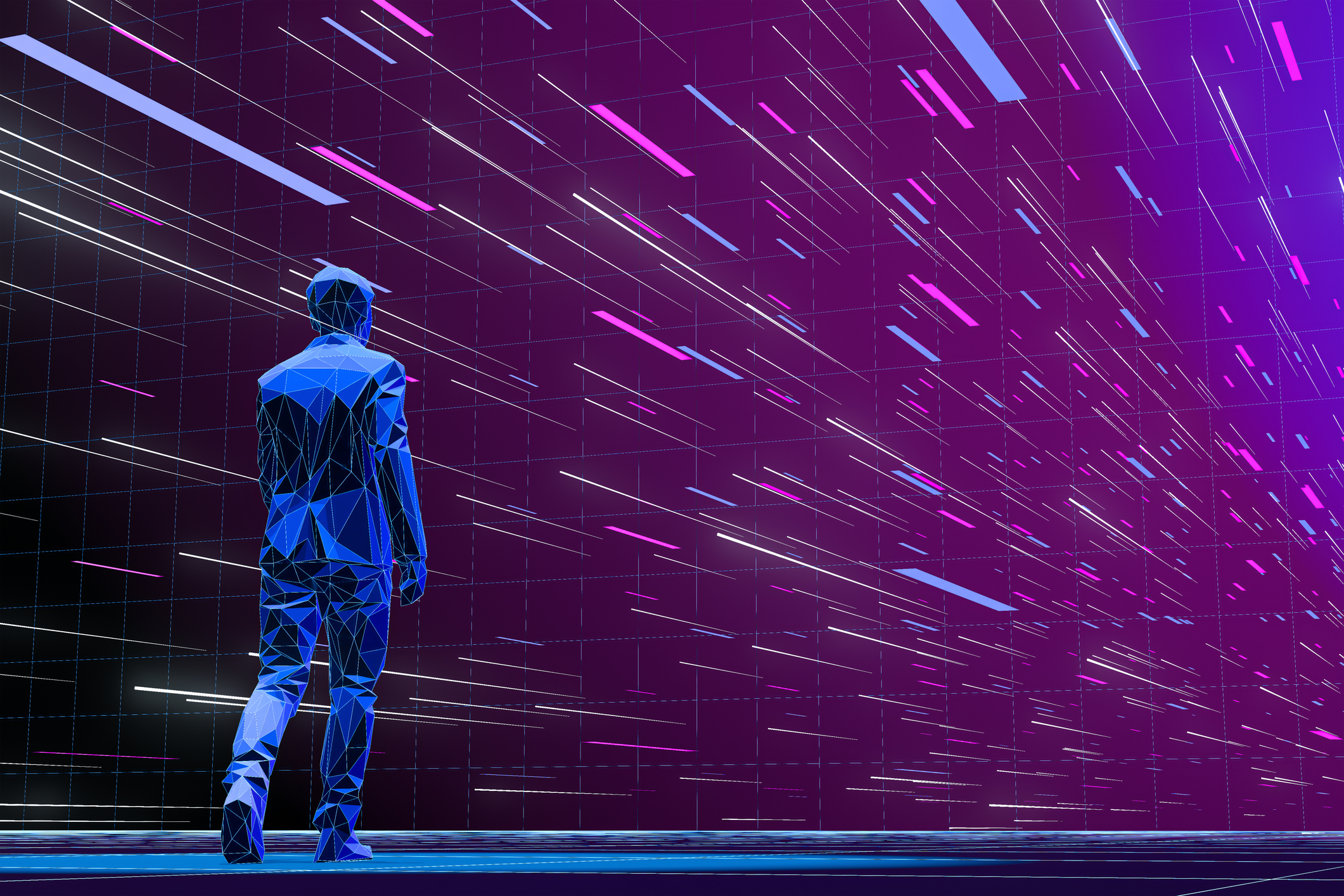In a groundbreaking development, research has unveiled a novel method employing artificial intelligence (AI) to identify and track neurons within the brains of freely moving animals. Overcoming challenges associated with the inherent movement and deformation of the brain in flexible organisms, this advancement significantly streamlines the process of decoding circuit activity, paving the way for accelerated research in brain imaging and a deeper understanding of neural circuits and behaviors.
Unveiling the AI solution
The newfound method relies on a Convolutional Neural Network (CNN), a type of AI meticulously trained to recognize and interpret patterns in images. The CNN employs a process known as convolution, dissecting images into smaller components like edges, colors, or shapes, and then amalgamating this information to comprehend and identify objects or patterns. This computational approach marks a paradigm shift, offering a solution to the arduous task of manually identifying and tracking neurons in animals with flexible bodies.
Targeted augmentation: Redefining annotation efficiency
A significant bottleneck in previous methodologies lay in the manual annotation of numerous images, a task exacerbated by the dynamic nature of animals’ bodies undergoing diverse deformations over time. To surmount this challenge, the researchers introduced an enhanced CNN featuring “targeted augmentation.” This innovative technique autonomously generates reliable annotations based on a limited set of manually labeled images. By learning and adapting to internal brain deformations, the CNN can synthesize annotations for new postures, dramatically diminishing the need for extensive manual annotation efforts.
Testing on Caenorhabditis elegans
To validate the efficacy of their enhanced CNN, researchers conducted tests on the roundworm Caenorhabditis elegans, a widely utilized model organism in neuroscience due to its 302 neurons. The CNN demonstrated remarkable versatility, identifying neurons whether represented as individual points or 3D volumes. Through this approach, the scientists successfully measured activity in interneurons of the worm, uncovering complex behaviors such as altered response patterns to various stimuli, including periodic bursts of odors.
Streamlining the process: User-friendly interface
To make their CNN accessible to the broader scientific community, the researchers have developed a user-friendly graphical interface. This interface seamlessly integrates the targeted augmentation technique, creating a comprehensive pipeline from manual annotation to final proofreading. This streamlined process significantly reduces the manual effort required for neuron segmentation and tracking, resulting in a threefold increase in analysis throughput compared to full manual annotation.
Accelerating research and deepening understanding
Sahand Jamal Rahi, a key member of the research team, emphasizes the transformative impact of this breakthrough. “By significantly reducing the manual effort required for neuron segmentation and tracking, the new method increases analysis throughput three times compared to full manual annotation,” states Rahi. This accelerated research potential holds promise for advancing brain imaging studies, offering researchers a tool to delve into neural circuits and behaviors with unprecedented efficiency.
A Leap forward in brain imaging
In conclusion, the integration of AI, specifically the enhanced CNN with targeted augmentation, marks a significant leap forward in the realm of neuroscience. The ability to decode circuit activity in freely moving animals, coupled with a substantial reduction in manual annotation efforts, positions this method as a cornerstone for future brain imaging research. As the scientific community gains access to this user-friendly interface, the potential for deeper insights into neural circuits and behaviors becomes more tangible than ever before. This breakthrough not only streamlines processes but also opens avenues for novel discoveries that could reshape our understanding of the intricacies of the brain.





